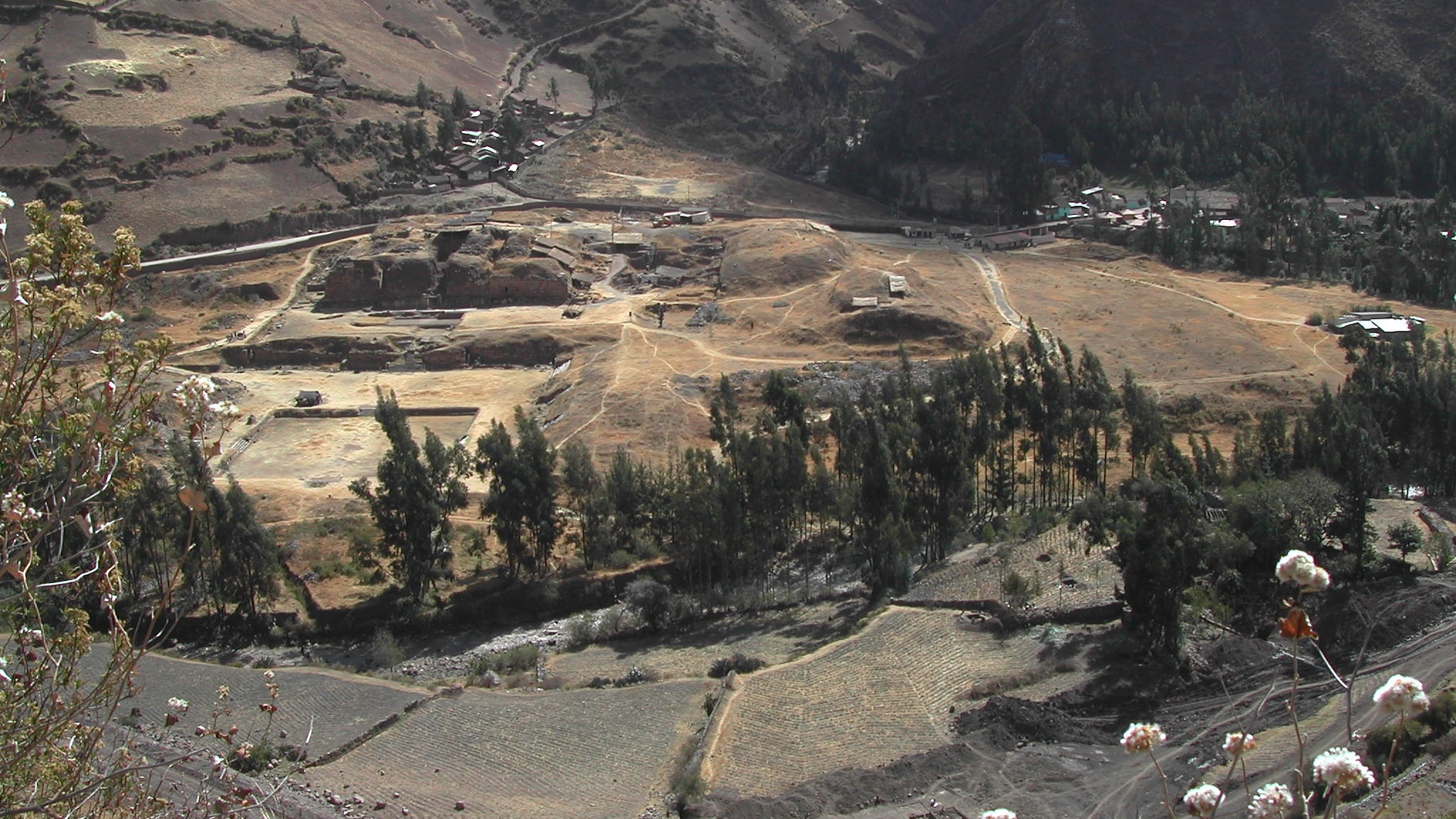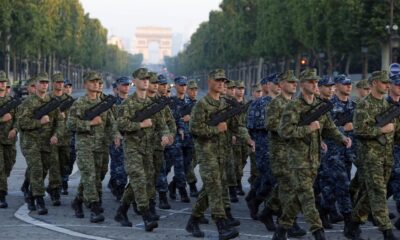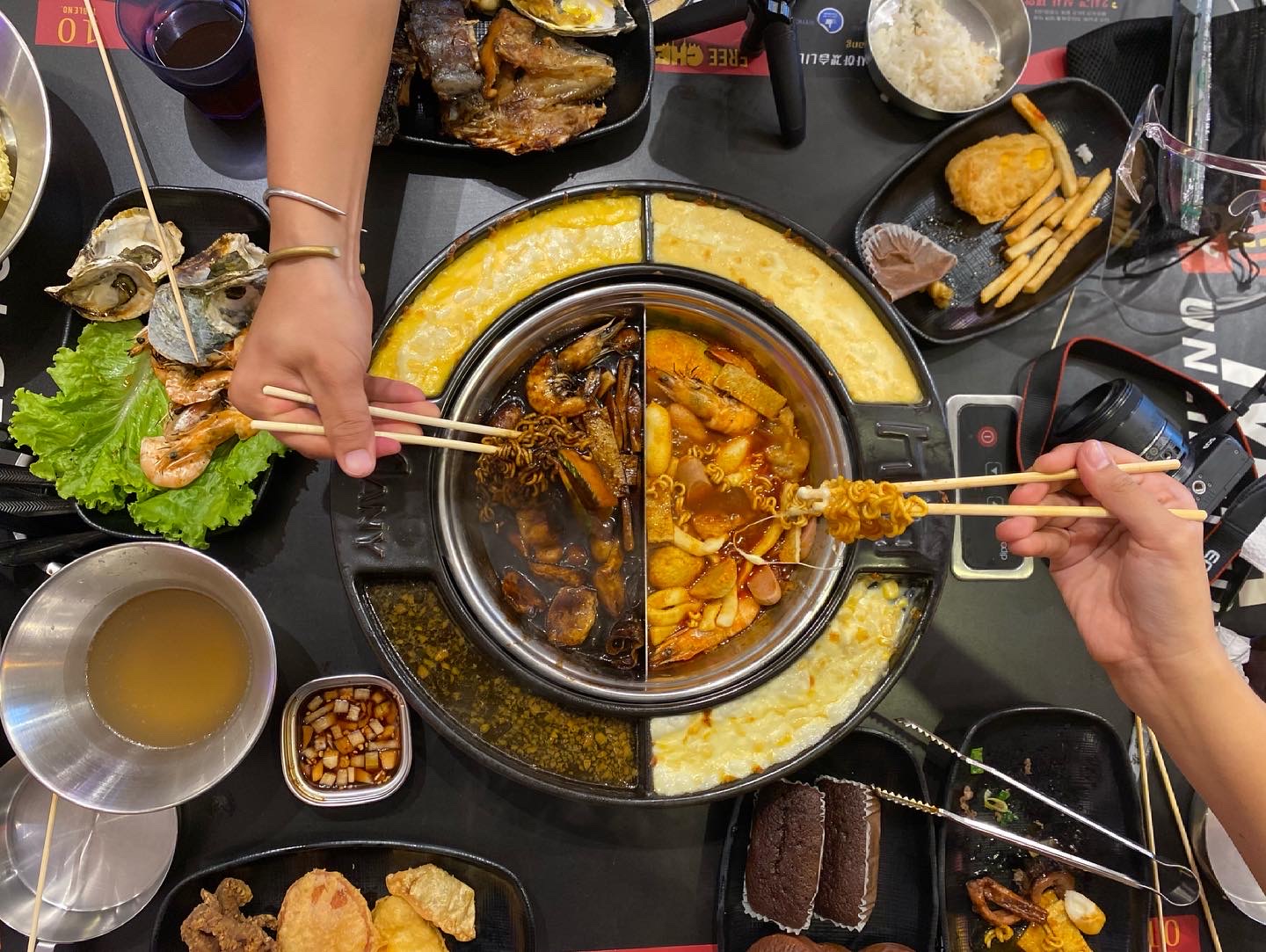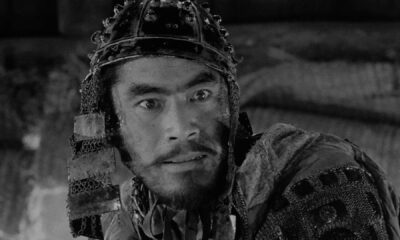Gadgets
Heavy hallucinogenic rituals solidified social castes in Pre-Incan Peru

The mighty Incan empire wasn’t the first society to spread across the Andes Mountains—2,000 years earlier, there were the Chavín. Although their own name for themselves remains unknown, the Chavín of Peru clearly shared common agricultural techniques, buildings, and artwork from roughly 900 BCE to 650 BCE. They also ordered their culture along hierarchical lines that likely influenced their Incan successors. And according to recent archeological revelations, part of this early class structure was reinforced through some pretty heavy hallucinogens. The details are described in a study published May 5 in the Proceedings of the National Academy of Sciences.
Evidence indicating psychoactive-centric rituals comes from deep inside the massive stone structures at Chavín de Huántar, a prehistoric ceremonial complex about 270 miles north of Lima. Although first discovered over a century ago, an international team of archeologists have spent the past 30 years investigating the UNESCO World Heritage Site to learn more about the Chavín people.
Some of the most recent finds here include a set of ancient snuff tubes carved from bone stored in small private chambers. Subsequent microscopic and chemical analyses detected trace amounts of nicotine from wild tobacco relatives as well as vilca bean residue—a hallucinogen with similar properties to DMT.
Dimethyltryptamine, or DMT, is a naturally occurring psychedelic compound found in plants, animals, and even humans. Some studies suggest DMT is produced by the brain around the moment of death and may explain near-death experiences, although other critics contend more research is needed into the subject.
In any case, the effects of DMT are undeniable, with ingestion rapidly resulting in intense hallucinations over a comparatively short period of time. Shamanistic rituals involving DMT have been documented across multiple cultures in South America—and now it’s evidence in Chavín. But while Indigenous cultures including Amazonian tribes have integrated DMT into communal rituals for thousands of years, the study’s authors believe the Chavín were far more selective about who partook.

“Taking psychoactives was not just about seeing visions. It was part of a tightly controlled ritual, likely reserved for a select few, reinforcing the social hierarchy,” University of Florida anthropological archeologist and study co-author Daniel Contreras said in a statement.
Given that the snuff vials were found in small, private chambers, the team theorizes that Chavín psychedelic rituals involved only a few chosen people at any given time, giving the events a greater sense of mystique and authority.
“The supernatural world isn’t necessarily friendly, but it’s powerful,” said Contreras. “These rituals, often enhanced by psychoactives, were compelling, transformative experiences that reinforced belief systems and social structures.”
Additional discoveries at Chavín de Huántar including conch shell trumpets and rooms evidently built to enhance sound suggest that musical performances also played an important part in these regulated mystical experiences. The ritual’s results likely negated any need for forced labor, with locals contributing to the construction of Chavín de Huántar’s monuments out of a sense of immense religious awe.

“One of the ways that inequality was justified or naturalized was through ideology—through the creation of impressive ceremonial experiences that made people believe this whole project was a good idea,” explained Contreras.
The hallucinogenically strengthened rituals could only do so much, however. While not otherwise warlike, the Chavín people appeared to have endured an extended period of intense violence from around 500–400 BCE prior to their decline.
Experts suggest that this shift may have been due to a transition from a theological to a secular organized society.
After extensive archaeological research spanning over a century, scholars now propose that the Chavín civilization likely acted as a bridge between earlier, more egalitarian cultures and the later large-scale, class-based empires in South America. Can you please rewrite this sentence?
-

 Destination7 months ago
Destination7 months agoSingapore Airlines CEO set to join board of Air India, BA News, BA
-

 Breaking News9 months ago
Breaking News9 months agoCroatia to reintroduce compulsory military draft as regional tensions soar
-

 Tech News11 months ago
Tech News11 months agoBangladeshi police agents accused of selling citizens’ personal information on Telegram
-

 Breaking News9 months ago
Breaking News9 months agoBangladesh crisis: Refaat Ahmed sworn in as Bangladesh’s new chief justice
-

 Productivity10 months ago
Productivity10 months agoHow Your Contact Center Can Become A Customer Engagement Center
-

 Toys11 months ago
Toys11 months ago15 of the Best Trike & Tricycles Mums Recommend
-

 Guides & Tips9 months ago
Guides & Tips9 months agoHave Unlimited Korean Food at MANY Unlimited Topokki!
-

 Gaming9 months ago
Gaming9 months agoThe Criterion Collection announces November 2024 releases, Seven Samurai 4K and more
























